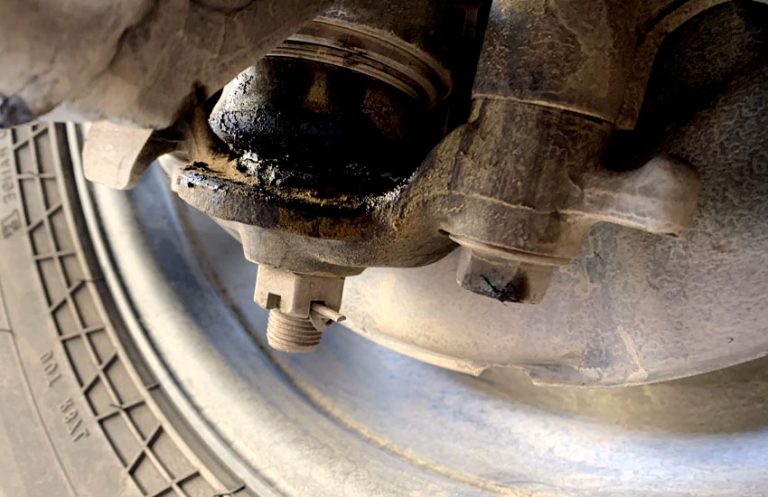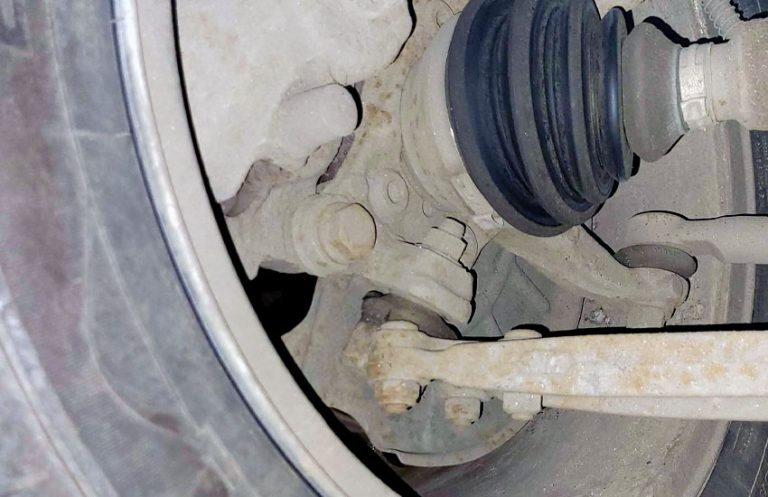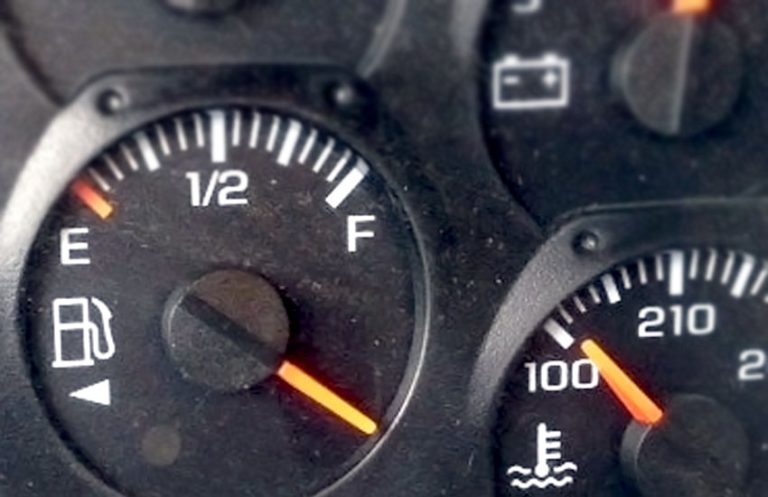Ever had that frustrating moment when you flip your turn signal switch, only to realize that it’s not working, even though the bulb looks perfectly fine? You’re not alone! It’s a surprisingly common issue that can leave drivers scratching their heads. But don’t worry, I’ve got you covered! This guide will walk you through everything you need to know to troubleshoot, fix, and prevent this issue from happening again.
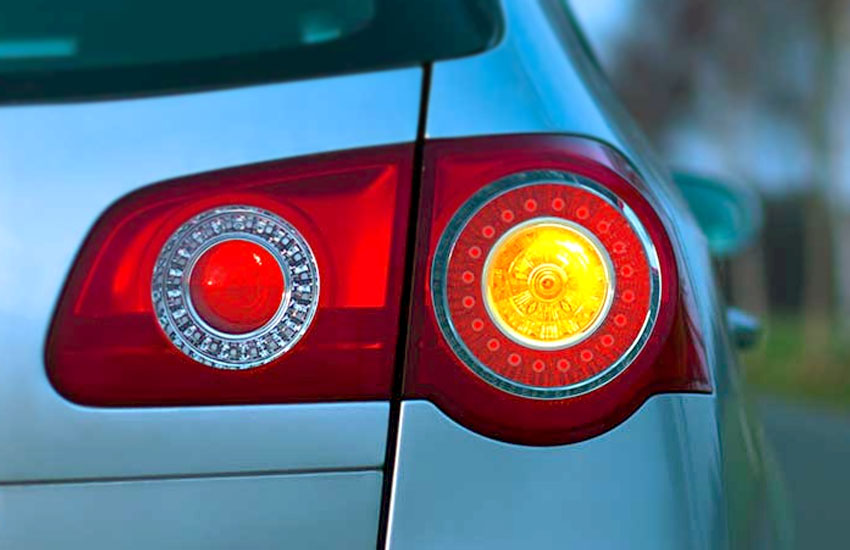
Understanding the Problem
Before diving into troubleshooting, it’s helpful to understand how the turn signal system works. Essentially, a turn signal is an electrical component that alerts other drivers of your intended direction. It’s made up of a few key parts: the light bulb, the flasher relay, the turn signal switch, and the wiring that connects everything together.
When your turn signal isn’t working but the bulb is still good, it can point to an issue with one of these components. The problem could be a blown fuse, a faulty turn signal relay, a broken switch, damaged wiring, or even a dirty connection at the bulb socket. The bulb being intact doesn’t automatically mean that the rest of the system is functioning properly, so let’s break down the potential causes in detail.
What Causes the Turn Signal to Stop Working?
The most obvious reason is that the light bulb might have burned out. However, if the bulb is working fine and still not illuminating, something else is likely causing the issue. It could be electrical failure in the form of a blown fuse, faulty relay, or a malfunctioning switch. Additionally, problems like frayed wires or corrosion could interfere with the signal’s circuit.
It’s essential to follow a systematic approach when troubleshooting, starting from the most basic (like checking the bulb) and moving toward more complex electrical components (such as the relay or switch). As we move through this guide, I’ll show you step-by-step what to check and how to do it.
Common Causes for a Non-Functioning Turn Signal
When your turn signal fails to work, even with a good bulb, several possible culprits could be at play. Let’s look at the most common ones.
1. Blown Fuses
A blown fuse is often the first suspect in cases of turn signal failure. Fuses are designed to protect your car’s electrical system by preventing excessive current from flowing through certain circuits. If too much current passes through the circuit that controls your turn signal, the fuse will blow to protect the rest of the system.
Luckily, checking and replacing a blown fuse is relatively simple. To do this, you’ll need to locate the fuse box, typically found either under the dashboard or in the engine compartment. Once you find the fuse box, look for a fuse labeled “Turn Signal” or something similar. If the fuse is blown (you’ll notice a visible gap or blackened area), it’s time to replace it. Make sure to replace it with a fuse of the same amperage to avoid electrical issues down the line.
2. Faulty Turn Signal Relay or Flasher
The turn signal relay (also known as the flasher unit) is a small electrical component that controls the flashing of your turn signal. When it malfunctions, the turn signal may fail to blink or might not work at all. If the relay is faulty, the turn signal circuit won’t complete as expected, resulting in the lights staying on or not blinking at all.
To check the relay, you’ll need to locate it. The relay is often found near the fuse box or under the dashboard. If your car’s turn signal has started malfunctioning, the flasher relay might need to be replaced. Testing it can be tricky, but in most cases, it’s easier to simply swap it out with a new one to see if that solves the issue.
3. Broken Wiring or Loose Connections
Wires are the backbone of the electrical system, and any damage to them can prevent your turn signals from working. This is especially common in older vehicles, where wiring may become frayed or corroded over time. If the wiring is broken, frayed, or loose, it may cause intermittent or total failure of the turn signal.
The best way to detect damaged wiring is by performing a visual inspection and using a multimeter to check for continuity. Be sure to look for any visible wear, such as cracks or exposed copper, especially near the turn signal switch, fuse box, and bulb socket. If you find any issues, it may be necessary to replace the damaged wire or connector.
4. Faulty Turn Signal Switch
If all the above components are working fine, the problem could lie in the turn signal switch itself. This is the switch you use to activate your turn signal, so if it fails, no signal will be sent to the rest of the system. Turn signal switches are relatively simple to diagnose, but replacing them can be a bit more involved.
To test the switch, you’ll need to check the electrical connections at the switch itself. A faulty turn signal switch may need to be replaced by a professional if you’re unable to perform the repair on your own.
5. Corroded Bulb Socket or Connection
Lastly, it’s important to inspect the bulb socket for any corrosion or dirt buildup. Over time, moisture can cause the socket to corrode, leading to poor electrical contact. This can prevent the turn signal bulb from receiving power, even if the bulb is perfectly good.
To check for corrosion, remove the bulb from the socket and visually inspect the metal contact points for any signs of rust or dirt. If corrosion is present, cleaning the socket with a wire brush or a contact cleaner may fix the issue. However, if the socket is damaged beyond cleaning, you may need to replace it.
Step-by-Step Troubleshooting Guide
Now that we’ve covered the possible causes of the problem, let’s walk through a step-by-step guide to help you diagnose and fix the issue. Follow these steps, and you’ll be on your way to getting your turn signal working again.
Step 1: Inspect the Bulb
This might seem obvious, but it’s always a good idea to double-check the bulb itself. The bulb may appear to be in good condition, but sometimes the filament inside can be broken even though the glass looks intact. Remove the bulb from the socket and visually inspect it for any damage. You can also test it in a different socket to confirm that it’s functioning correctly.
If the bulb appears to be the issue, replace it with a new one of the same type. Make sure to handle the new bulb carefully to avoid damaging it with oils from your skin.
Step 2: Check the Fuse
Once you’re certain the bulb is good, the next step is to check the fuse. As mentioned earlier, a blown fuse can prevent the turn signal from functioning properly. To check the fuse, locate the fuse box in your car and find the fuse labeled for the turn signal. Use a fuse puller or a pair of needle-nose pliers to remove the fuse and check if it’s blown.
If the fuse is damaged, replace it with a new one of the same amperage. You should be able to find fuses at any auto parts store, and they’re typically very affordable.
Step 3: Examine the Relay or Flasher Unit
If the fuse is fine, the next thing to check is the turn signal relay. This is a small component that controls the blinking of the turn signal lights. The relay is usually located near the fuse box or under the dashboard.
To test the relay, you can remove it and listen for a clicking sound when you activate the turn signal. If you don’t hear a click, the relay is likely faulty and needs to be replaced. Swapping the relay with a new one should fix the issue.
Step 4: Inspect the Wiring
Now, it’s time to check the wiring for any visible signs of damage. Start by inspecting the wires near the fuse box, relay, and turn signal switch. Look for frayed wires, burns, or areas where wires might be loose or disconnected. If you spot any damage, use a multimeter to check the continuity of the wires and make sure there are no breaks in the circuit.
If you find any damaged wiring, you’ll need to either repair the wires or replace them entirely. If you’re not comfortable working with car wiring, consider seeking help from a professional mechanic.
Step 5: Examine the Turn Signal Switch
If all the wiring looks good, the next component to inspect is the turn signal switch. The switch itself could be faulty, especially if it’s an older car or if the switch has been used heavily. Testing the switch can be tricky, as it requires checking for continuity at the electrical connections.
If the switch isn’t working properly, you may need to replace it. This can be a more involved process, as it often requires removing parts of the steering column to access the switch. If you’re unsure about replacing the switch yourself, it’s best to consult a professional mechanic.
Step 6: Clean the Bulb Socket
Finally, check the bulb socket for corrosion or dirt. Over time, moisture can cause the socket to corrode, leading to poor electrical contact. If you find any corrosion, use a wire brush or contact cleaner to clean the socket. If the socket is severely damaged, you may need to replace it.
When to Seek Professional Help
Sometimes, despite all your troubleshooting, the problem with your turn signal may be more complex than you can handle. In such cases, it’s best to seek professional help from a mechanic. Here are a few signs that it might be time to visit the shop:
- You’re unable to locate or fix the problem after thorough troubleshooting.
- You’ve replaced all relevant components (fuse, relay, bulb) but the issue persists.
- The issue appears to be related to more complex electrical problems that require specialized tools or knowledge.
Mechanics have access to diagnostic tools that can pinpoint electrical problems quickly and accurately. If you’re not comfortable dealing with electrical systems, or if the issue seems more serious than expected, don’t hesitate to call in the experts.
Preventive Measures to Avoid Future Issues
The best way to keep your turn signal working properly is through regular maintenance and inspection. Here are a few preventive measures you can take:
Regular Inspections
Make a habit of inspecting your turn signals periodically. Check the bulbs, wiring, and fuse to ensure everything is in working order. Catching problems early can prevent you from being caught off guard when you need your turn signal most.
Clean Connections
Moisture and corrosion can cause electrical problems in any vehicle, especially in the turn signal circuit. Be sure to keep your bulb sockets clean and free from corrosion. A little preventive maintenance goes a long way in keeping your vehicle’s electrical system running smoothly.
Replace Worn Parts
If you notice any parts showing signs of wear, such as frayed wires or a dim turn signal bulb, replace them before they fail completely. Replacing parts before they break will save you time, money, and frustration in the long run.
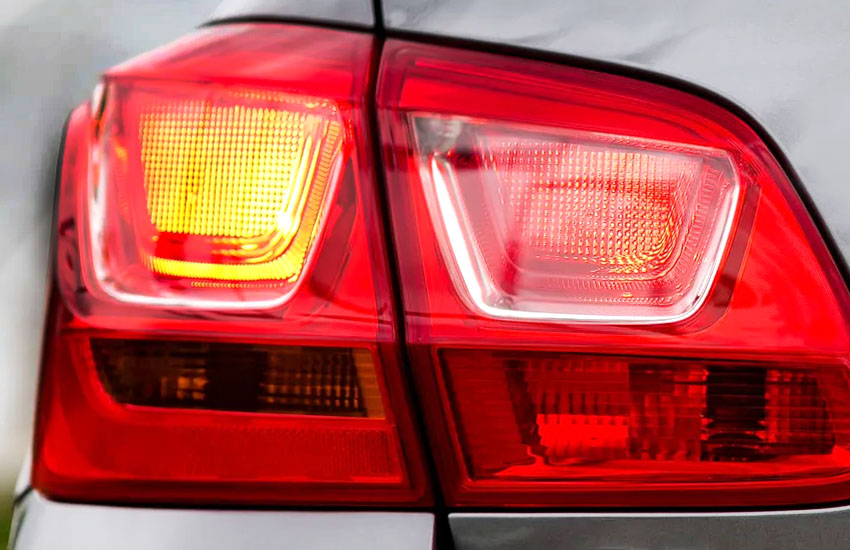
Frequently Asked Questions
Is it safe to drive with a broken turn signal?
No, driving without functional turn signals is not safe. It’s important to signal your intentions to other drivers, as it helps prevent accidents and improves overall road safety.
Can a bad relay cause my turn signal to stop working?
Yes, a faulty relay can prevent your turn signal from blinking or working at all. Replacing the relay should fix the issue if it’s the cause.
Do I need a professional to replace a blown fuse?
Replacing a fuse is a simple DIY task that most drivers can do themselves. However, if you’re unsure or uncomfortable, you can always ask a professional mechanic for help.
Is it possible for a turn signal switch to fail?
Yes, like any other electrical component, the turn signal switch can fail over time due to wear and tear. If the switch isn’t working, it will need to be replaced.
Can corroded bulb sockets cause my turn signal to malfunction?
Yes, corrosion can cause poor electrical contact in the bulb socket, preventing the turn signal from working properly. Cleaning the socket can resolve this issue.
Is it expensive to replace a turn signal relay?
The cost of replacing a turn signal relay is usually relatively low, typically ranging from $20 to $50 for the part. However, labor costs may vary depending on your location.
Do I need to replace the entire wiring harness if there is damage?
Not necessarily. Small wiring issues can often be repaired by splicing in new sections of wire. If the damage is extensive, replacing the wiring harness might be required.
Can a bad turn signal affect other lights in my car?
In some cases, a malfunctioning turn signal could affect other lights, especially if the electrical system is intertwined. It’s always a good idea to check your other lights when diagnosing turn signal issues.
I hope this guide has helped you identify and resolve your turn signal issue. By following these steps, you can get your signal working again and avoid future problems. Don’t forget to perform regular maintenance and check-ups to keep your car in top shape. Safe driving, and happy troubleshooting!
